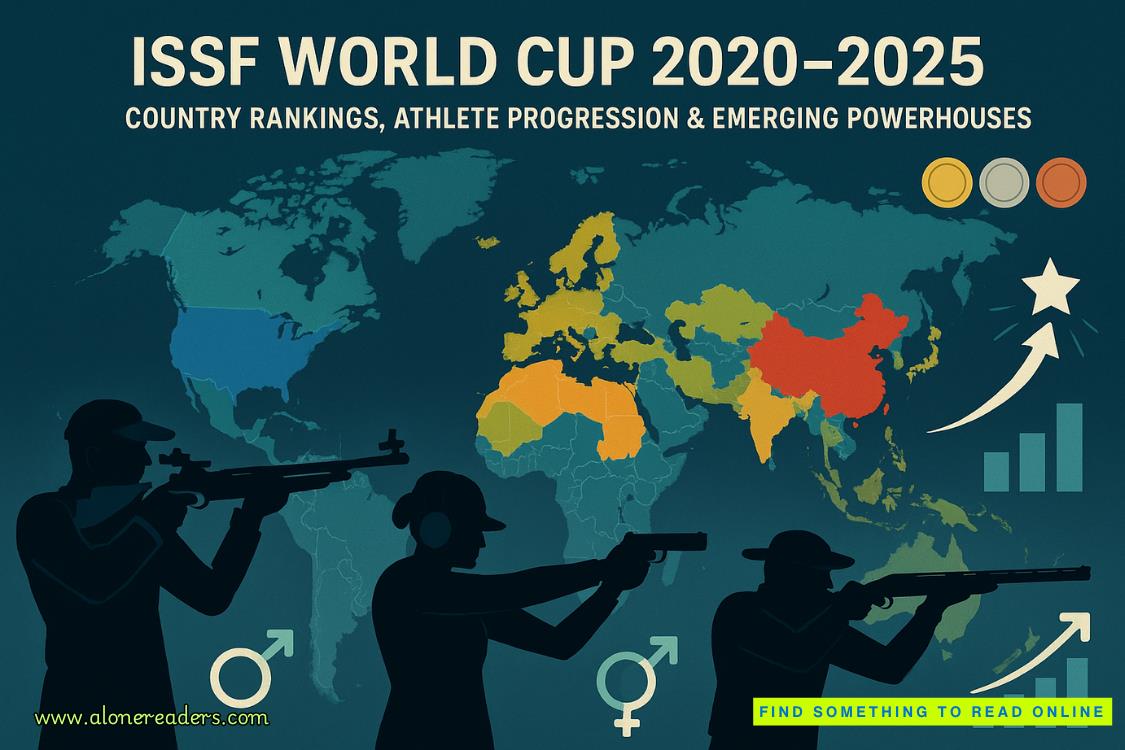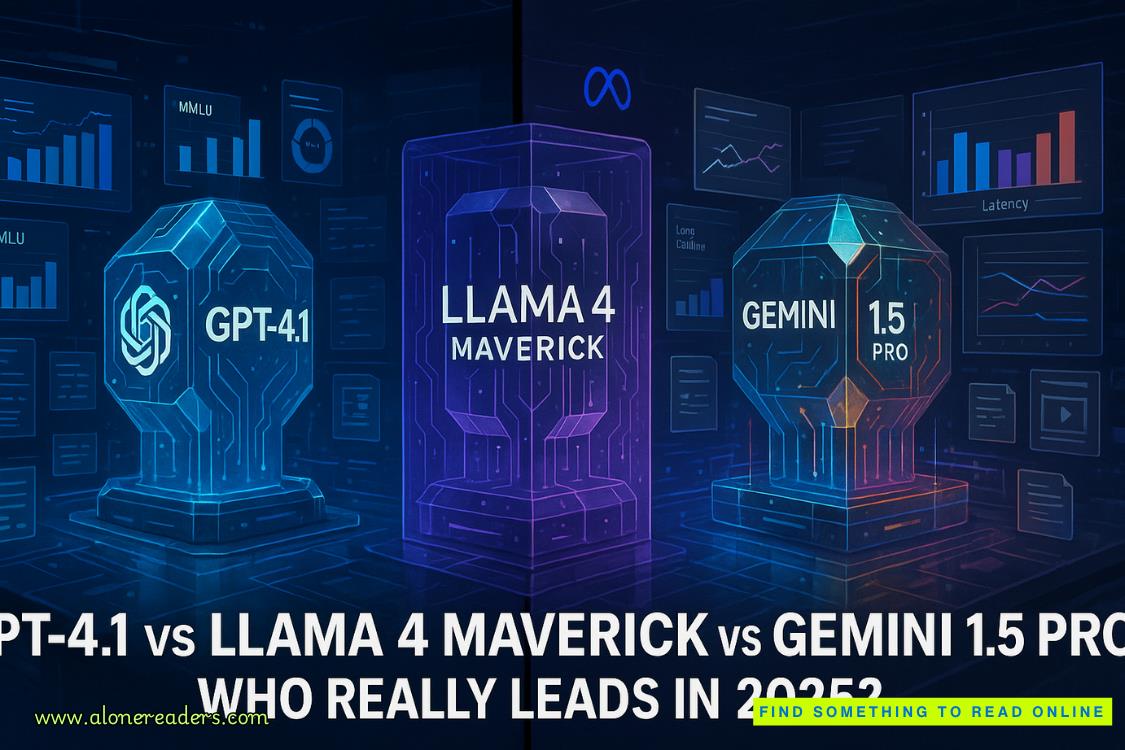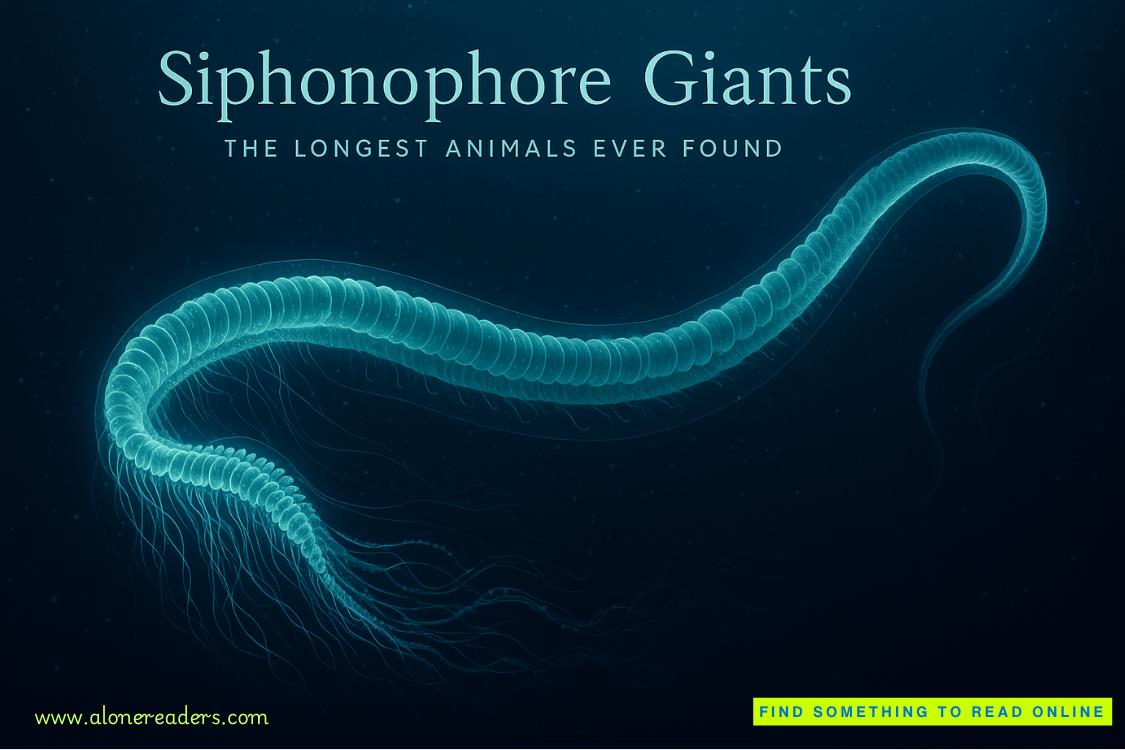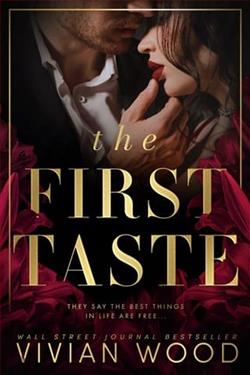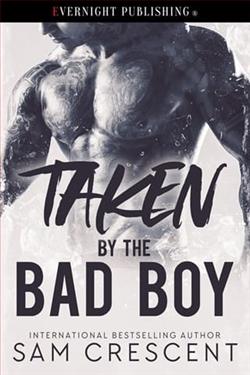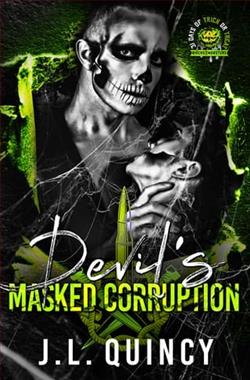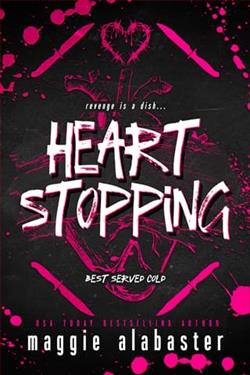Page 51 of The Bone Hacker
When Stubbs was satisfied with her footage, and I was satisfied with my inventory, we began picking our way downhill, zigzaggingfrom tree to tree to keep from hurtling at the whim of gravity. Harder for me, still dragging my kit.
The photos I’d viewed had also been shot by Constable Stubbs. Her capture of the scene was spot on, the colors true, the distances and angles undistorted. The yellow tape. The tea-brown bones. The faded denim.
The first skeleton lay at the bottom of the incline. It had darkened considerably over time, rendering it almost invisible within the ground cover, both living and dead.
Musgrove, Stubbs, and Kemp watched as I squatted beside the bones. Listened as I dictated notes onto my iPhone.
“The skull is rotated in a way inconsistent with the orientation of the vertebrae. The mandible is detached from the skull, but with little displacement.”
I paused, feeling that familiar kink in my gut. The victim’s empty orbits seemed to stare up at the sky, as though startled to find themselves in this new situation.
My eyes roved the remains. Stem to stern.
“The decedent is lying on his or her left side. Most bones are present and in anatomical position.”
My gaze spread outward, searching for elements that might be AWOL. Came up empty.
I rose, knees protesting the sudden shift in weight.
“The left hand is missing. Constable Kemp, please grid-walk the area.” To Musgrove and Stubbs. “You two, please assist me.”
I’m a skeptic of the “scene processing must follow strict archaeological protocol” school of thought. Yes, everything must be properly labeled and photographedin situ, cataloged, bagged, and sealed. Yes, contextual info is as important as physical evidence. Yes, all soil must be screened lest tiny items be missed. But I see no need for fancy grids, measurement to the millimeter, and excavation by minute stratigraphic levels.
The steep gradient rendered the archaeology versus practicalityargument moot. While Kemp searched for the missing hand, Musgrove and I did our best to lay out a rough ten-by-ten-foot square using the old tried and true. Stakes and string. Then I dislodged, collected, and tagged evidence, while Musgrove hauled buckets of dirt to the screen and Stubbs sifted. Kemp joined us when he’d finished his search, which yielded nothing.
By six we’d collected every bone and associated fragment of clothing. Surprisingly, nothing else. None of the usual cigarette butts, candy wrappers, condoms, or aluminum cans.
Good news: the site truly was off the beaten path. Bad news: the killer had left nothing behind.
Stubbs and Kemp drove the boxed bones to the morgue in the CSU van.
Stripping off our PPE, Musgrove and I climbed into her Taos. Exhausted, filthy, and, despite drenching ourselves with Cutter, itchy with bites, we rode in silence, not in the mood for conversation.
Musgrove’s mobile rang as soon as we reconnected with signal. She answered, listened. Asked a clipped question or two. I didn’t bother to eavesdrop. Figured she’d share what was relevant.
She did.
“That was Delroy Monck, one of my SIOs.” Musgrove tossed her phone onto the dash. “You’ll meet him. Everyone refers to him as ‘The Monk’.”
“He’s okay with that?”
“Beats Delroy.”
Del was another option. Or Roy. I didn’t say it.
“The bloke’s Irish-Jamaican and claims descent from royalty,” Musgrove continued.
“There’s a sizable Irish population in Jamaica?”
Musgrove viewed me as if I’d asked if cheese was edible.
“When Jamaica was captured from the Spanish in 1655, Oliver Cromwell ordered thousands of Irish transported to the island,primarily to work the plantations. Two years later, King James II appointed Christopher Monck, the Second Duke of Albemarle, as Lieutenant Governor.”
“You know a lot about Jamaican history,” I said.
“British history is my hobby. Jamaican history is The Monk’s passion. If you ask him anything, be prepared for a long oration.”
“Noted.”


